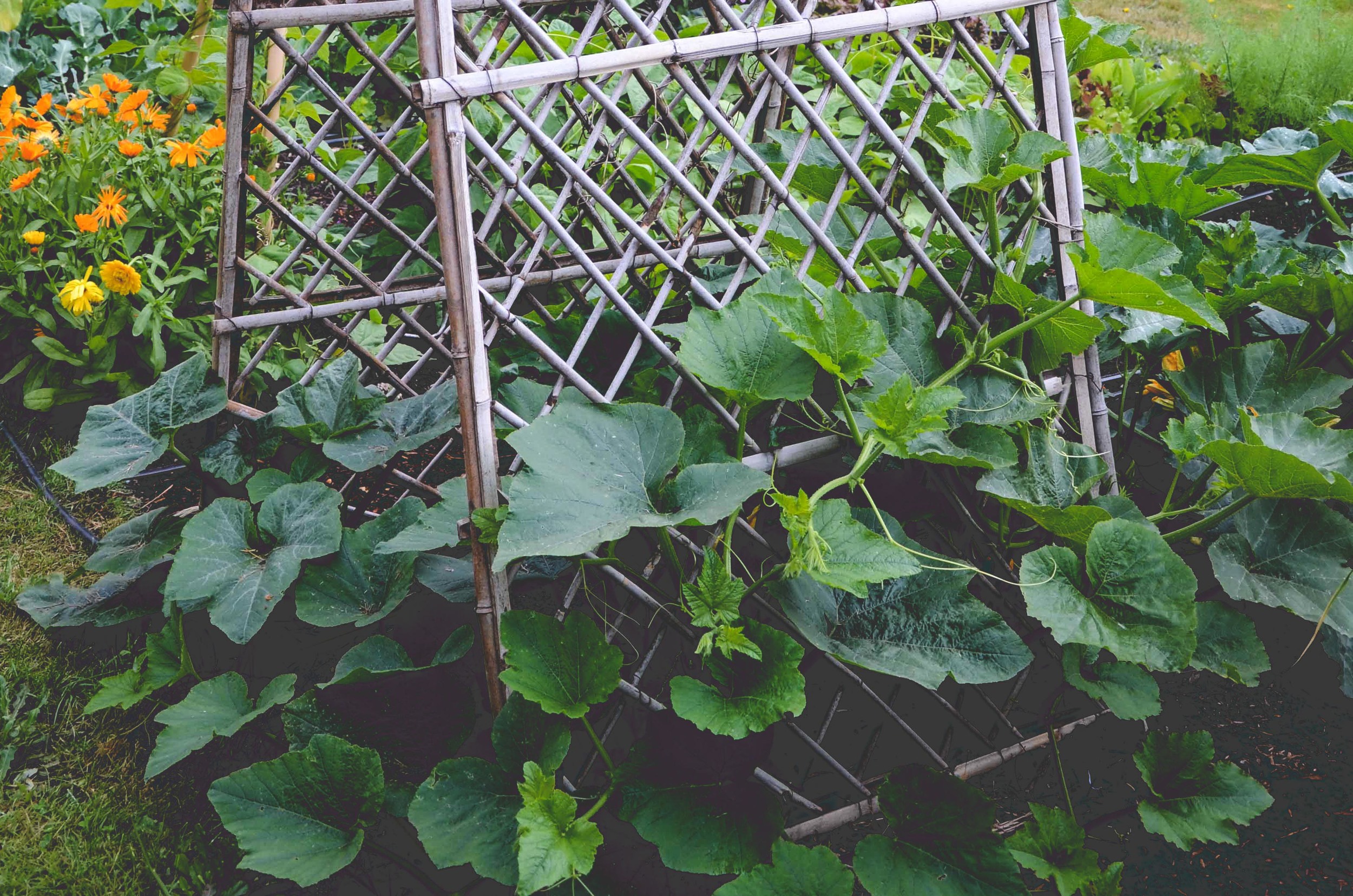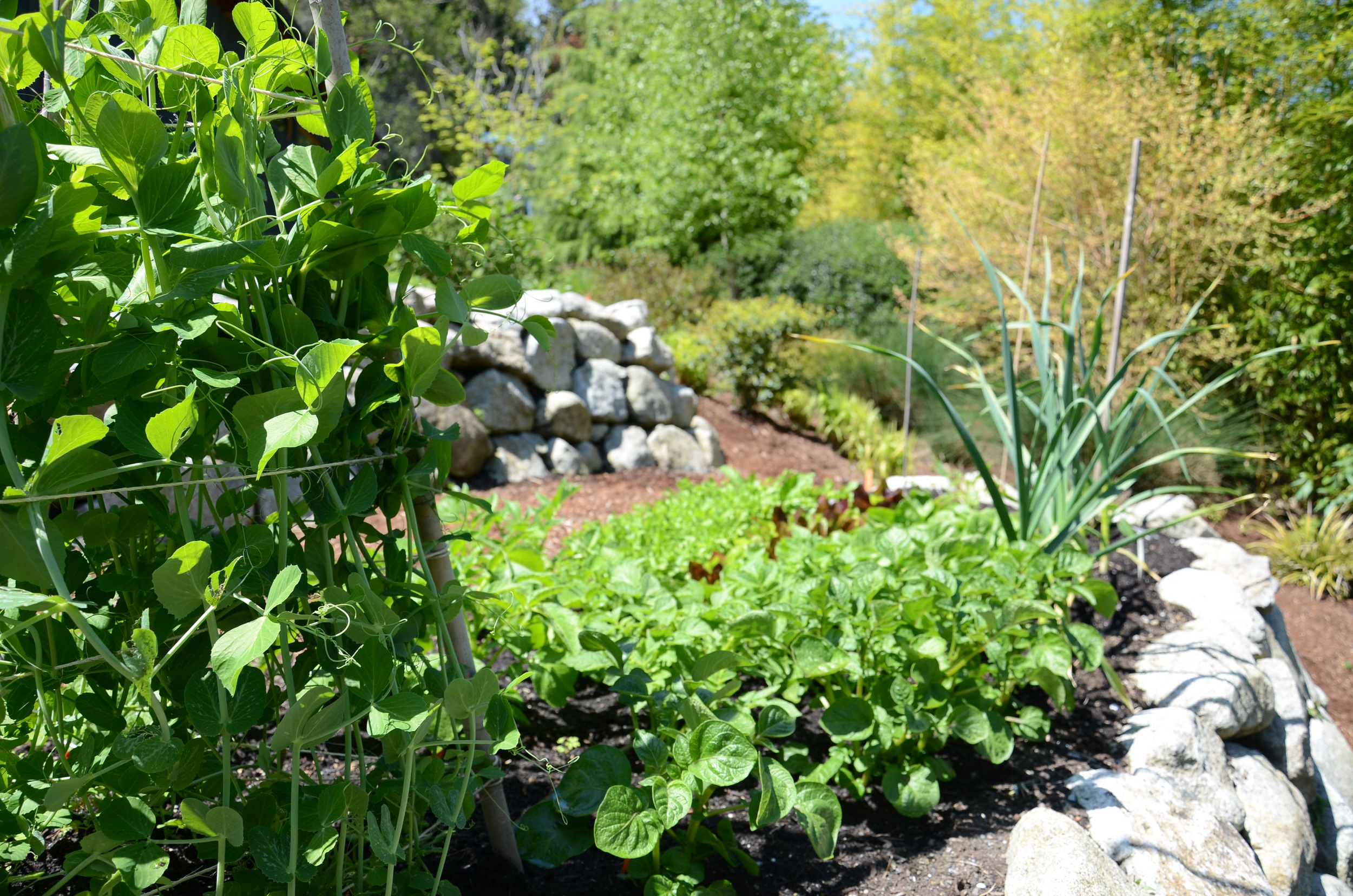Welcome to our 4-part series on organic fertilizer! Over the course of this series we will break down the 4 ingredients in our custom organic fertilizer blend. Each post will highlight one of the 4 ingredients how it benefits your vegetable garden.
Read MorePlant Winter Squash In The Spring
One of the most common requests we get when helping to plant fall gardens is the request to plant winter squash. As summer starts to come to an end, many people start to imagine themselves curling up with a good book and a warm cup of squash soup come fall. Unfortunately, by late summer we’ve already missed our opportunity to plant winter squash.
Read MoreMore With Less: Creating a Productive Vegetable Garden in under 15 Square Feet
Just because you don’t have an expansive, sunny backyard doesn’t mean you can’t have your own little slice of vegetable garden heaven. You can can grow vegetables and herbs at nearly any home if you have enough enthusiasm and creativity.
Read MoreHow to Build a Bamboo Tri-pod Trellis: A Photo Tutorial
Many snap pea and snow pea varieties can easily grow to reach 7' tall so building a structure to support your pea vines is crucial. One of the most inexpensive, and easiest ways to create a tall semi-permanent trellising structure for your peas is with 8' bamboo poles (about $5 each at your local hardware store) and garden twine. The following photos show the process:
Read MoreFavorite Tomato Varieties of 2014
Clockwise from top: Green Zebra, Sungold, Stupice, Black Cherry, and Prudens Purple (center)
All photos by: Hilary Dahl
In some climates, tomatoes are endlessly bountiful. Here in the Pacific Northwest, where even in mid-summer temperatures remain moderate, tomatoes can be the most unpredictable and uncertain of crops. Professional growers in our area nearly always grow tomatoes under cover (meaning in a greenhouse or field tunnel), but this isn’t always a feasible option for the small-scale grower or home gardener. Regardless of your tomato management techniques, if you want a prolific and tasty harvest, it helps to start with the right varieties.
Read MoreNew Propagation Station
Propagation of spring transplants starts early in the year. As our garden maintenance program continues to grow, so does the volume of transplants we need to produce. We propagate 95% of our annual crop transplants each year, totaling well over 100,000 plants each year!
Read More





